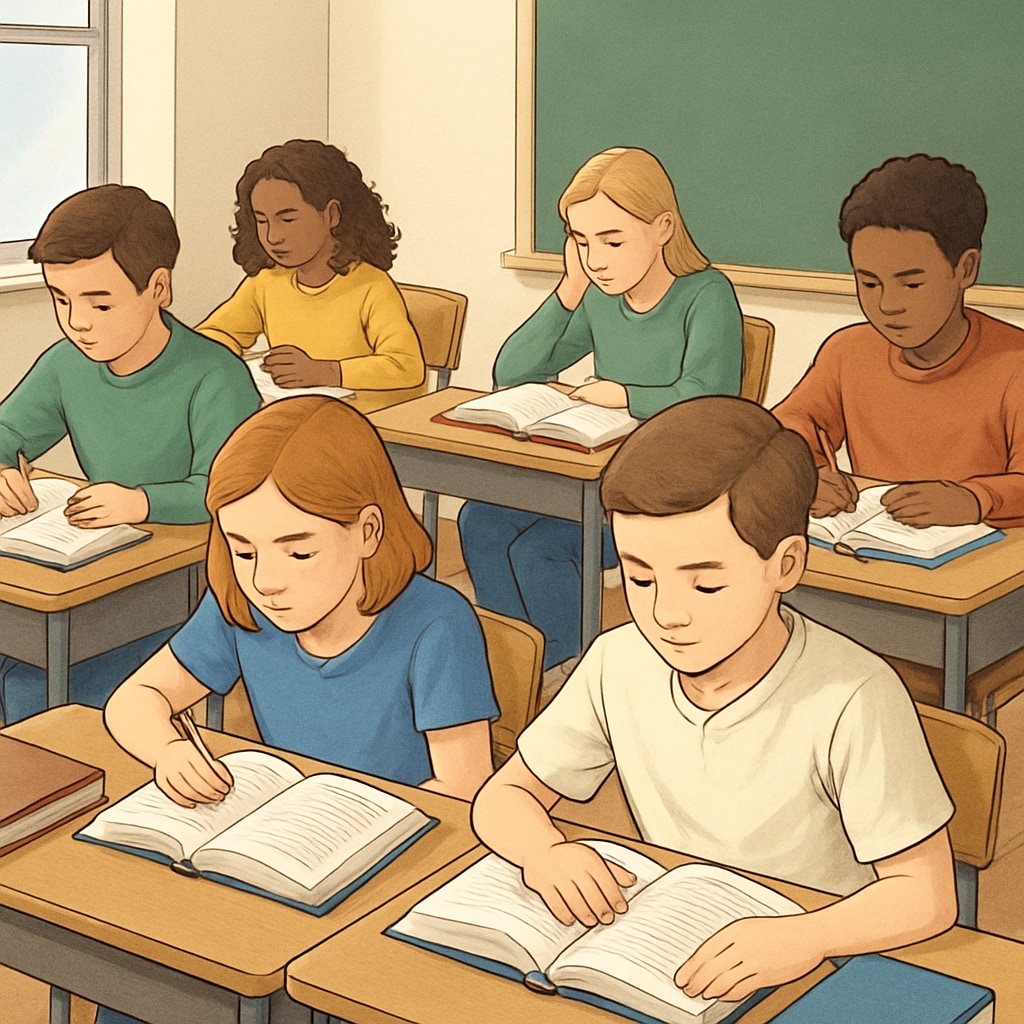As more states enforce school cell phone bans, the education sector faces a challenging dilemma: safeguarding student focus while adapting to the demands of the digital age. This policy, aimed at reducing distractions and improving school safety, has sparked debates about its broader implications on educational resources, student behavior, and digital readiness. While the intention to create a distraction-free learning environment is clear, the question remains—are these bans truly beneficial, or do they inadvertently widen the digital divide?
The Impact of Cell Phone Bans on Student Focus and School Safety
Proponents of cell phone bans argue that removing mobile devices from classrooms helps students concentrate on lessons, reduces cyberbullying, and minimizes disruptions. Without the constant allure of notifications or social media, students may find it easier to engage with their studies. Additionally, schools report fewer incidents related to inappropriate phone usage, which contributes to a safer educational environment.
However, critics highlight the potential downsides. For example, cell phones often serve as emergency communication tools, and their absence could hinder prompt responses in critical situations. Furthermore, banning phones might not address the underlying causes of distraction—such as lack of engaging teaching methods or insufficient classroom management.

Balancing Educational Resources and Technology Integration
In the modern world, technology plays a pivotal role in education. Smartphones can serve as powerful tools for learning, offering access to educational apps, research platforms, and real-time collaboration. When banned, schools risk depriving students of these valuable resources, especially in underfunded areas where personal devices may complement limited school infrastructure.
One alternative is implementing controlled usage policies. Schools could allow cell phone use during specific activities, such as research or group projects, while strictly regulating their presence during lectures and exams. This approach integrates technology into education without compromising focus.

Exploring Alternatives to Complete Bans
Instead of outright bans, schools could adopt middle-ground solutions that address both focus and technological needs. Here are some alternatives:
- Designated Tech Zones: Creating specific areas within schools where students can use devices for academic purposes.
- Device Management Systems: Leveraging apps or systems that restrict non-educational usage during school hours.
- Parental and Teacher Collaboration: Involving parents and educators to monitor and guide appropriate phone usage for students.
- Digital Literacy Programs: Teaching students how to responsibly use technology, emphasizing its benefits and risks.
These strategies aim to build a balanced approach where technology supports education without overshadowing it.
Readability guidance: To maintain clarity, this article uses concise paragraphs, short sentences, and lists where applicable. Transition words like “however,” “for example,” and “in addition” ensure smooth flow between ideas.


